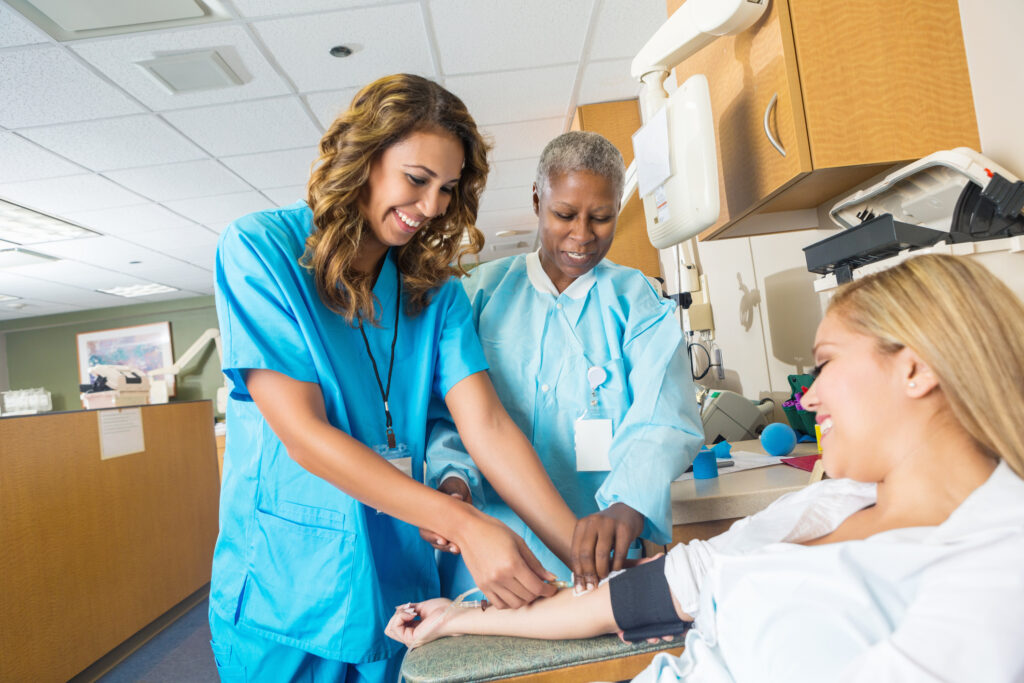Getting The Northeast Medical Institute - New Haven Campus Phlebotomy Course & Cna Class To Work
Getting The Northeast Medical Institute - New Haven Campus Phlebotomy Course & Cna Class To Work
Blog Article
What Does Northeast Medical Institute - New Haven Campus Phlebotomy Course & Cna Class Mean?
Table of ContentsThe Definitive Guide for Northeast Medical Institute - New Haven Campus Phlebotomy Course & Cna ClassThe Single Strategy To Use For Northeast Medical Institute - New Haven Campus Phlebotomy Course & Cna ClassAll about Northeast Medical Institute - New Haven Campus Phlebotomy Course & Cna ClassSee This Report about Northeast Medical Institute - New Haven Campus Phlebotomy Course & Cna ClassHow Northeast Medical Institute - New Haven Campus Phlebotomy Course & Cna Class can Save You Time, Stress, and Money.Northeast Medical Institute - New Haven Campus Phlebotomy Course & Cna Class Fundamentals Explained
The usage of such tools should be gone along with by other infection prevention and control practices, and training in their use. Not all safety devices apply to phlebotomy. Prior to selecting a safety-engineered device, customers ought to thoroughly check out readily available devices to determine their appropriate usage, compatibility with existing phlebotomy techniques, and efficiency in securing personnel and patients (12, 33).For setups with reduced resources, expense is a motoring factor in purchase of safety-engineered gadgets. Where safety-engineered devices are not offered, knowledgeable usage of a needle and syringe is appropriate.
Among the important markers of quality of treatment in phlebotomy is the participation and collaboration of the individual; this is equally beneficial to both the health and wellness employee and the person. Clear details either created or spoken should be offered per patient who goes through phlebotomy. Annex F gives sample text for explaining the blood-sampling procedure to a patient. In the blood-sampling room for an outpatient department or center, offer a comfy reclining sofa with an arm remainder.
Northeast Medical Institute - New Haven Campus Phlebotomy Course & Cna Class - The Facts
Guarantee that the indications for blood tasting are plainly defined, either in a created procedure or in documented guidelines (e.g. in a research laboratory type). In all times, follow the methods for infection avoidance and control noted in Table 2.2. Infection prevention and control techniques. Accumulate all the equipment required for the procedure and location it within risk-free and very easy reach on a tray or trolley, making certain that all the products are plainly visible.
Present on your own to the person, and ask the person to mention their full name. Inspect that the research laboratory form matches the patient's identity (i.e. match the client's information with the lab type, to make sure precise identification).
Make the individual comfortable in a supine position (when possible). Place a tidy paper or towel under the person's arm. Review the examination to be carried out (see Annex F) and acquire spoken authorization. The person has a right to decline a test any time prior to the blood sampling, so it is necessary to guarantee that the patient has actually understood the treatment.
The Of Northeast Medical Institute - New Haven Campus Phlebotomy Course & Cna Class
Extend the client's arm and evaluate the antecubital fossa or forearm. Situate a vein see it here of a good size that is noticeable, straight and clear.
DO NOT put the needle where veins are drawing away, due to the fact that this increases the chance of a haematoma. The vein must be noticeable without using the tourniquet. Locating the vein will help in establishing the correct size of needle. Use the tourniquet regarding 45 finger sizes above the venepuncture website and re-examine the capillary.
Specimens from main lines lug a risk of contamination or incorrect research laboratory examination outcomes. It is appropriate, but not ideal, to draw blood samplings when first introducing an in-dwelling venous device, before linking the cannula to the intravenous liquids.
The Definitive Guide for Northeast Medical Institute - New Haven Campus Phlebotomy Course & Cna Class
Enable the area to dry. Failure to enable sufficient contact time boosts the threat of contamination. DO NOT touch the cleaned up site; particularly, DO NOT position a finger over the vein to guide the shaft of the exposed needle. It the site is touched, repeat the disinfection. Execute venepuncture as adheres to.
Ask the patient to develop a clenched fist so the blood vessels are extra famous. Go into the vein quickly at a 30 degree angle or much less, and remain to introduce the needle along the vein at the simplest angle of access - Phlebotomy Classes. As soon as enough blood has been collected, release the tourniquet BEFORE withdrawing the needle
Facts About Northeast Medical Institute - New Haven Campus Phlebotomy Course & Cna Class Uncovered
Take out the needle delicately and use gentle pressure to the site with a clean gauze or dry cotton-wool round. Ask the individual to hold the gauze or cotton woollen in position, with the arm extended and raised. Ask the client NOT to flex the arm, because doing so causes a haematoma.

A Biased View of Northeast Medical Institute - New Haven Campus Phlebotomy Course & Cna Class
Where feasible, keep the tubes in a rack and relocate the rack in the direction of you - https://www.ted.com/profiles/47186180. If the sample tube does not have a rubber stopper, inject incredibly slowly into the tube as minimizing the stress and rate utilized to transfer the specimen reduces the threat of haemolysis.

Report this page